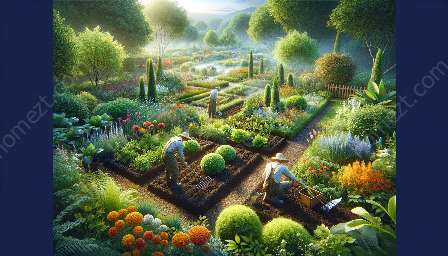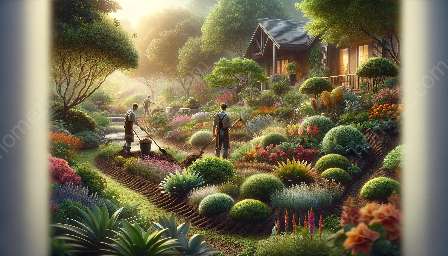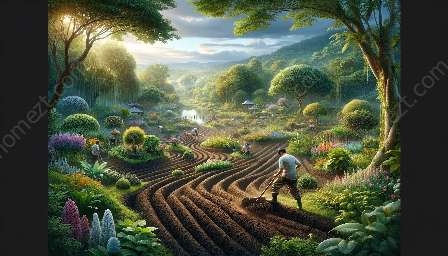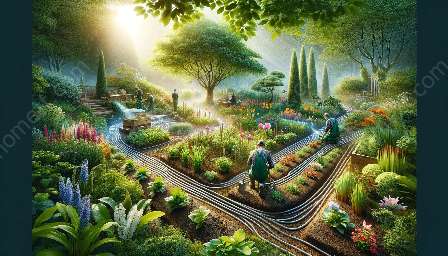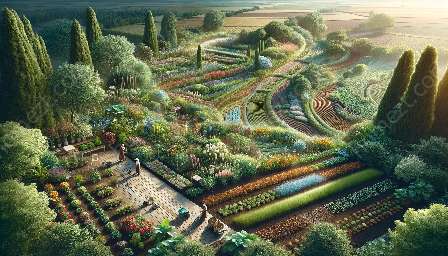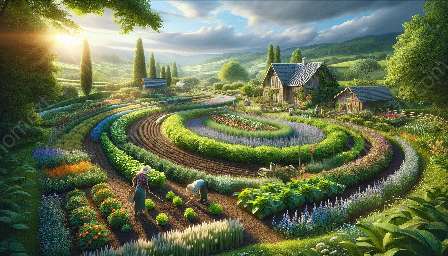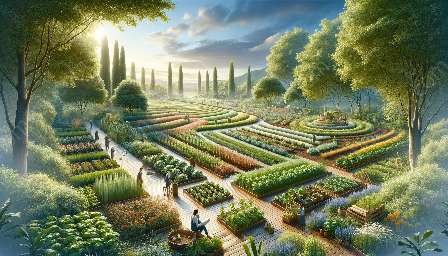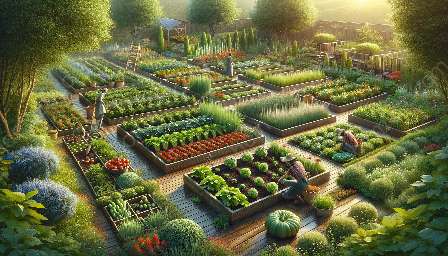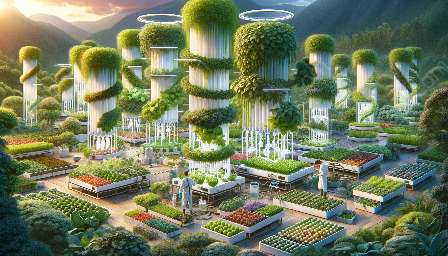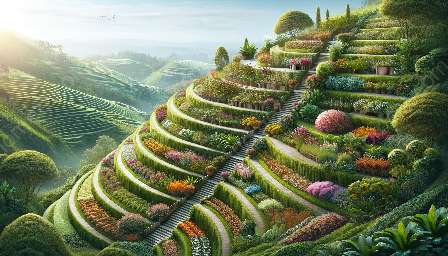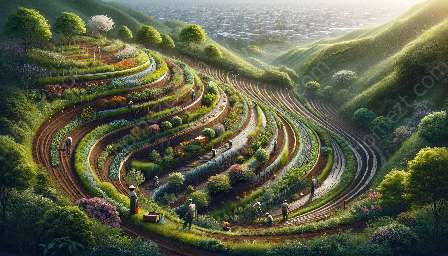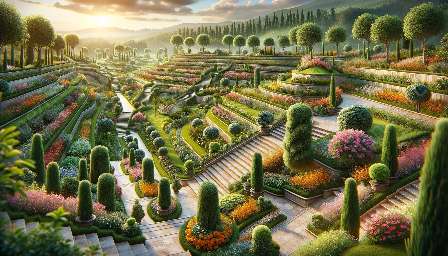Terracing is an innovative and visually stunning landscaping technique that involves creating a series of level platforms on a steep area to support gardening and soil preparation activities. It is a method that not only adds beauty to the landscape but also serves practical purposes in gardening and landscaping.
Terracing and Soil Preparation
The process of terracing is closely related to soil preparation as it involves shaping and managing the soil to create suitable conditions for gardening. Proper soil preparation is essential for successful terracing, as it ensures that the soil on each terrace is fertile and well-draining. To get started with terracing, it is crucial to assess the soil type and quality and make necessary adjustments to ensure that it is conducive to plant growth.
One of the key soil preparation steps for terracing is ensuring good drainage on each level. This can be achieved by incorporating gravel or rocks into the soil or by using retaining walls to prevent erosion and waterlogging. Additionally, adding organic matter such as compost or mulch can improve soil structure and fertility, supporting healthy plant growth.
Creative Gardening and Landscaping with Terracing
Once the terraces are prepared with suitable soil and drainage, they offer an ideal environment for creative gardening and landscaping. Each level can host a variety of plants, ranging from flowers and ornamentals to vegetables and herbs. The tiered structure of terracing allows for effective space utilization, making it possible to create lush and diverse gardens in a limited area.
Integration of terracing into gardening and landscaping projects provides unique opportunities for enhancing visual appeal and creating focal points within the landscape. By strategically choosing plant varieties and incorporating design elements such as pathways, seating areas, and water features, terraced gardens can become captivating outdoor spaces that blend nature and artistry.
Benefits of Terracing for Soil Conservation and Management
Besides its aesthetic and functional advantages, terracing offers significant benefits in soil conservation and management. By creating horizontal surfaces on slopes, terracing helps prevent soil erosion caused by rainfall and runoff, thereby preserving the topsoil and maintaining the integrity of the landscape. It also facilitates water absorption and reduces the risk of landslides, making it an environmentally friendly landscaping practice.
Moreover, terracing can contribute to improved water conservation by optimizing the distribution of moisture throughout the garden, preventing excessive water runoff, and reducing the need for irrigation. This sustainable approach to soil and water management aligns with modern gardening and landscaping principles, making terracing an appealing choice for environmentally conscious gardeners and property owners.
Conclusion
In summary, terracing is a versatile and impactful technique that harmoniously integrates with soil preparation, gardening, and landscaping. By understanding the principles of terracing and its compatibility with soil management, one can unlock the potential to create breathtaking and productive landscapes. Through thoughtful planning and meticulous execution, terraced gardens can become showcases of natural beauty and environmental stewardship, enriching outdoor spaces while promoting sustainable land use practices.




